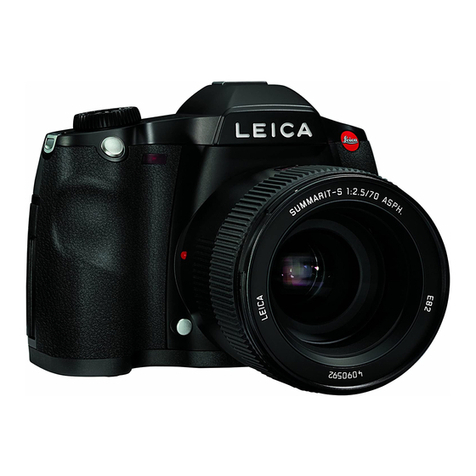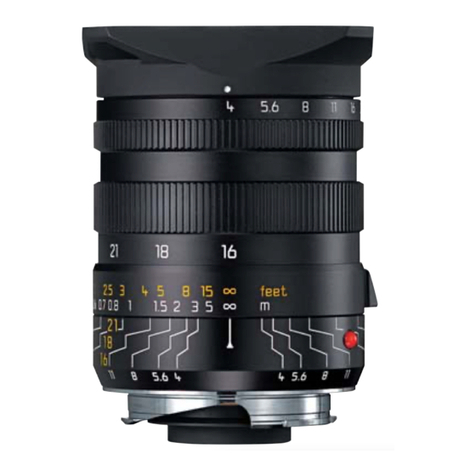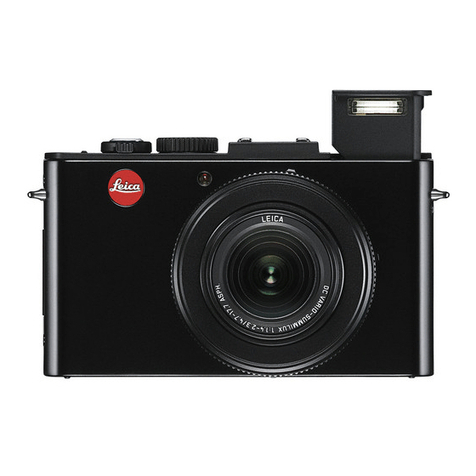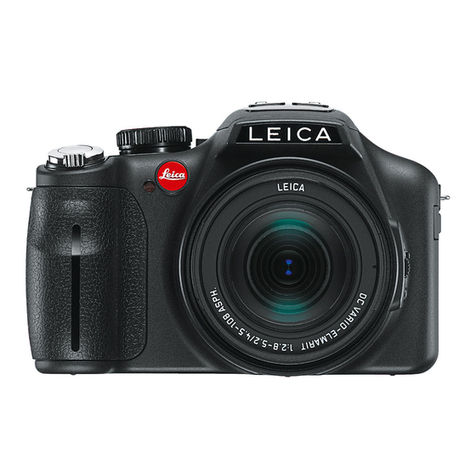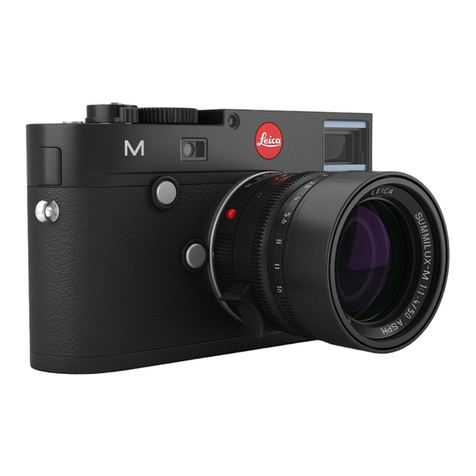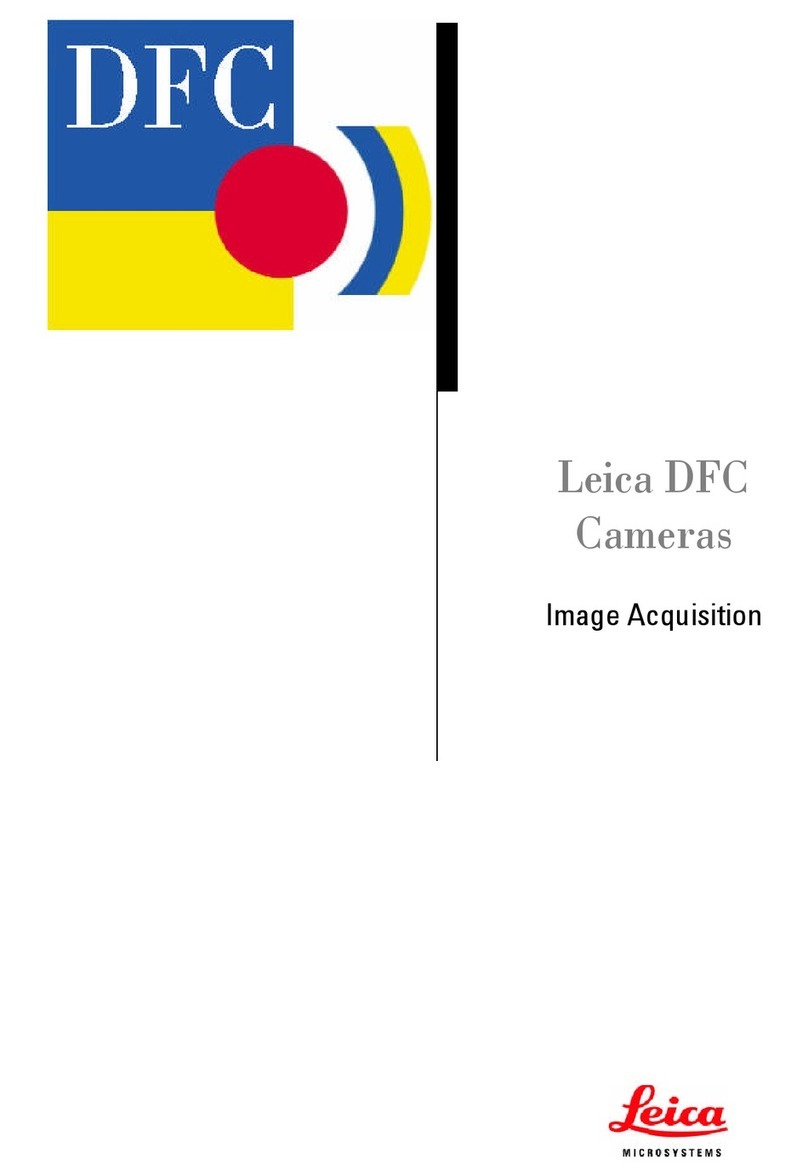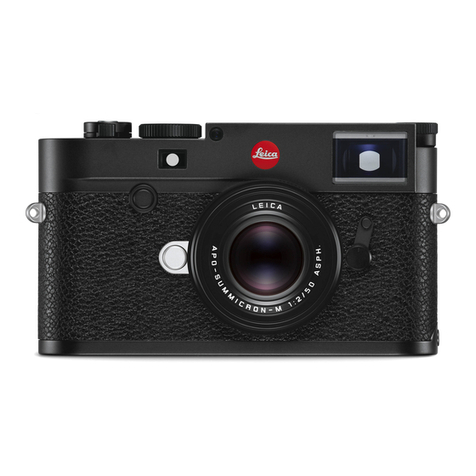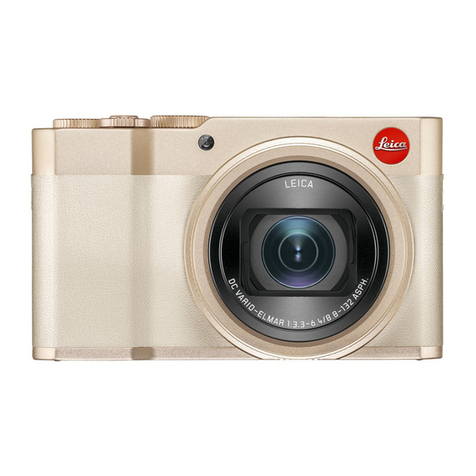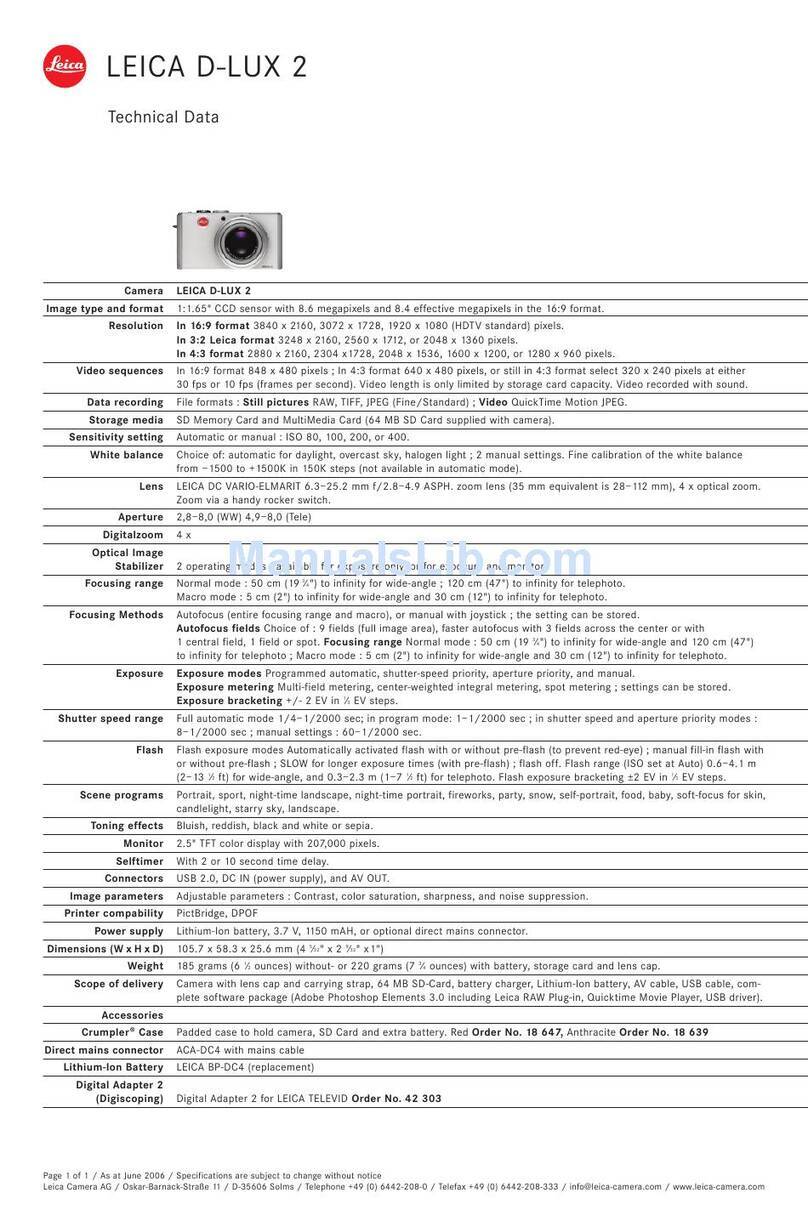EN
114
Table of Contents
TABLE OF CONTENTS
Designation of parts ................................................................................. 109
Foreword ................................................................................................... 110
Scope of Delivery...................................................................................... 110
Accessories ............................................................................................... 110
Spare parts................................................................................................ 110
Preparations
Attaching the carrying strap.................................................................... 116
Changing the battery ............................................................................... 117
Charging the battery ................................................................................ 118
Changing the memory card ..................................................................... 122
Attaching/detaching the lens.................................................................. 124
Compatible lenses.................................................................................... 124
Camera operation
Main switch .............................................................................................. 126
Setting dials.............................................................................................. 126
Shutter button.......................................................................................... 127
Function button........................................................................................ 127
Gesture control ........................................................................................ 128
Locking/unlocking the right toolbar........................................................129
INFO displays..........................................................................................130
Opening the exposure mode/scene mode menu.....................................131
Opening the MY CAMERA menu ...........................................................131
Opening the main menu..........................................................................131
Main menu structure...............................................................................131
Opening a menu item in one of the main menu function groups...............131
Navigation in the main and MY CAMERA menus ....................................132
Menu tiles ..............................................................................................133
Direct setting of function options............................................................133
Selecting a menu item and setting function options in submenus ............134
Settings in submenus with setting dials and gesture control ...................135
Customizing the MY CAMERA menu ......................................................136
Setting dial menu....................................................................................138
Locking the setting dial functions............................................................138
Assigning the desired function to the left setting dial...............................139
Basic camera settings
Menu language ......................................................................................... 140
Date/time................................................................................................. 140
Automatic Camera Shutdown.................................................................. 141
Acoustic signals ....................................................................................... 142
Monitor/viewfinder settings ................................................................... 142
Automatic Monitor Shutdown.................................................................. 143
Basic picture settings
File format/compression rate ................................................................. 144
White balance........................................................................................... 145
ISO Sensitivity .......................................................................................... 146
JPEG image properties ............................................................................. 146
Additional picture settings
Image stabilization ................................................................................... 148
Self-Timer.................................................................................................. 148
Recording the location with GPS............................................................. 149
Picture mode
Serial exposures....................................................................................... 150
Focusing ................................................................................................... 150
Autofocus...............................................................................................150
AF Auxiliary Light.................................................................................151
Autofocus metering methods/Operating modes...................................152
Spot/single point metering..................................................................152
Touch AF/Touch AF + Shutter release .................................................154
Multi-zone metering.............................................................................155
Face detection ....................................................................................155
Manual focusing .....................................................................................156
Auxiliary function for manual focusing..................................................156

